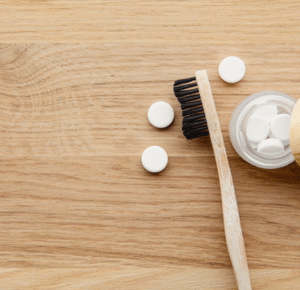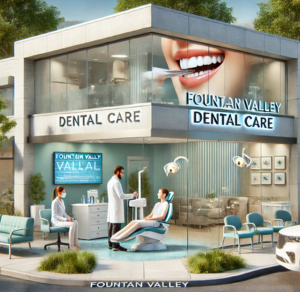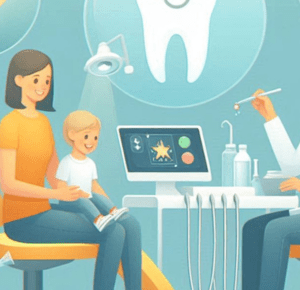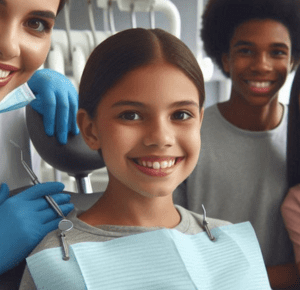
Fixed bridges are a reliable and aesthetically pleasing dental restoration option for children, offering a permanent solution for missing teeth. But how effective are they in restoring a child’s smile, chewing function, and overall oral health? Research suggests that fixed bridges in children have high success rates, ranging from 85% to 100%, depending on the type and material used. When properly cared for, fixed bridges can last for decades, improving a child’s quality of life and self-confidence.
Through this article the Indianapolis pediatric dentist will explore the effectiveness of fixed bridges for children, examining the benefits, success rates, and potential challenges associated with this popular dental restoration option.
Understanding tooth loss in children
Tooth loss in children can occur due to various reasons, including:
Primary Causes
- Tooth decay (cavities)
- Trauma (accidents, sports injuries)
- Congenital conditions (missing teeth, peg-shaped teeth)
- Gum disease (periodontal disease)
- Infection (abscesses, pulpitis)
Secondary Causes
- Poor oral hygiene
- Dietary factors (high sugar consumption)
- Genetic predisposition
- Developmental issues (enamel hypoplasia)
- Systemic diseases (diabetes, leukemia)
Types of Tooth Loss
- Primary tooth loss (baby teeth)
- Permanent tooth loss (adult teeth)
- Congenitally missing teeth (hypodontia)
Consequences of Tooth Loss
- Speech difficulties
- Chewing and swallowing problems
- Nutritional deficiencies
- Self-esteem and confidence issues
- Orthodontic problems (misaligned teeth)
- Increased risk of tooth decay and gum disease
Understanding fixed bridges
A fixed bridge is a non-removable dental restoration used to replace one or more missing teeth. It consists of two main components: abutment teeth (healthy teeth on either side of the missing tooth) and a pontic (the artificial tooth replacing the missing one). Fixed bridges are custom-made to match the natural shape, size, and color of surrounding teeth, providing a seamless integration with the existing smile. Securely anchored to the abutment teeth, fixed bridges restore chewing function, improve speech, and enhance the overall appearance of a child’s smile, promoting confidence and self-esteem.
Exploring the benefits of fixed bridges for children
Benefits of Fixed Bridges for Children:
Oral Health Benefits
- Restores chewing function and efficiency
- Prevents adjacent teeth shifting
- Maintains proper tooth alignment
- Reduces risk of tooth decay and gum disease
- Helps distribute biting forces evenly
Emotional and Social Benefits
- Boosts self-confidence and self-esteem
- Enhances smile appearance
- Improves speech articulation and clarity
- Increases social comfort and interaction
- Supports emotional well-being
Developmental Benefits
- Guides proper growth and development of surrounding teeth
- Helps maintain space for permanent teeth
- Supports jaw and facial development
- Enhances oral function and coordination
- Facilitates proper swallowing and digestion
Practical Benefits
- Durable and long-lasting (up to 20 years)
- Low maintenance and easy cleaning
- Comfortable and natural feeling
- Non-removable, reducing the risk of loss
- Versatile material options (ceramic, porcelain, metal)
Additional Benefits
- Improved nutrition and dietary choices
- Enhanced overall quality of life
- Reduced risk of orthodontic issues
- Supports oral hygiene habits
- Promotes healthy oral habits and routines
Success rates of fixed bridges in children
Studies indicate high success rates for fixed bridges in children:
- 90-95%: Success rate for traditional bridges.
- 85-90%: The success rate for Maryland bonded bridges.
- 95-100%: The success rate for implant-supported bridges.
Factors influencing the effectiveness of fixed bridges for children
Several factors contribute to the effectiveness of fixed bridges in children:
- Age: Bridges placed during childhood may require adjustments as teeth grow.
- Oral hygiene: Proper care ensures bridge longevity.
- Diet: Avoiding hard or sticky foods prevents damage.
- Growth and development: Bridges may need adjustments as teeth erupt.
- Material selection: Ceramic or porcelain bridges are popular choices.
Final words
Fixed bridges are a highly effective and reliable solution for replacing missing teeth in children, offering numerous oral health, emotional, and social benefits. By restoring chewing function, preventing adjacent teeth shifting, and boosting self-confidence, fixed bridges significantly improve a child’s quality of life. With proper care and maintenance, these durable restorations can last up to 20 years, providing a long-term solution for childhood tooth loss. Pediatric dentists and parents can work together to determine the best treatment option for each child’s unique needs, ensuring a healthy, happy smile that lasts a lifetime.






